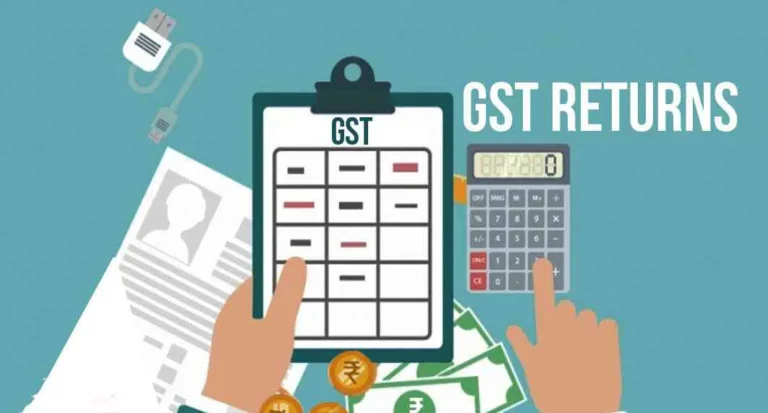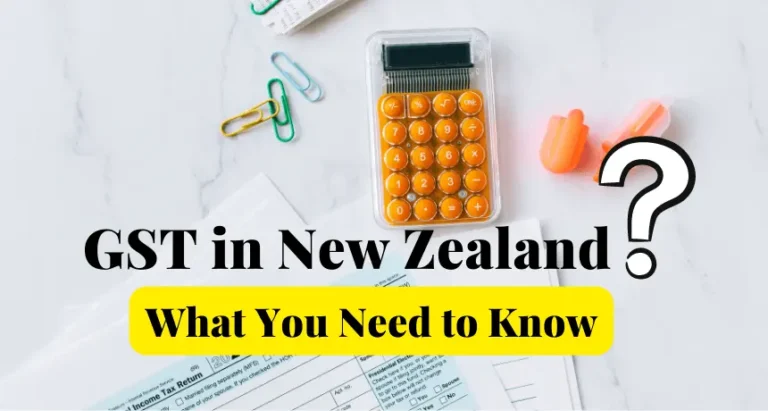GST Adjustments refer to adjustments or changes in GST returns when an expense is used for both private and business purposes. In that case, as a GST filer, you need to show the estimated use of each product and service for business and personal use and pay Goods and Service Tax accordingly.
Adjustments in GST returns must be proved with proper documents in the GST filing process in New Zealand.
GST Adjustments Scenario
As per the New Zealand rules, GST Adjustments can be made when any taxable activity falls under any of these categories:
- Assets acquired before registering for GST.
- Assets are used privately and for business.
- Home office and motor vehicles
As a GST-registered (link GST how and why article) business and Tax filer, you need to comply with GST rules and pay the standard GST rate of 15% on taxable supplies or taxable activities, 0% rate on Zero-rated activities, and in some cases, GST is exempted. You can read about GST exemptions and Zero-rated articles in this article.

If you are not sure how to calculate GST, we suggest you use a GST calculator that will make it easy for you to get the right taxable amount. This GST calculator is particularly useful when you need to adjust goods and services tax.
Assets Acquired Before Registering for GST
If you have purchased or sold something before you registered for GST, you can make claims for GST at the end of the tax year. To prove your taxable supply was bought before GST registration, you need to show the following documents:
- The original date of purchase.
- Original purchase price.
- GST registration date.
- Percentage of business use of the asset.
Assets used Privately and for Business
If you have an asset or taxable supply that you use for business as well as private use, as a GST filer, you need to calculate the estimated use for each purpose and provide the information when filing for GTS. To claim GTS: you need to have records of :
- Estimate business use.
- Claim GST based on the estimate.
- Have taxable supply information (records in the form of receipts, invoices, and bank statements).
- Record business use (log books etc.)
- Compare the actual use with your original estimate at the end of the tax year.
Home Offices and Motor Vehicles
Likewise, if you work from home and your assets and space are used for business purposes as well, then as a goods and services taxpayer, you are required to diligently keep a record of the information for GST returns.
If you have a home-based office, you need to measure the floor space and space that is used for the business. A simple formula to calculate this is :
- Divide the home area by the office area to calculate the home office percentage. You then claim this percentage of the cost relating to the home and some of these costs have GST.
Similar to this, if you use the same motor vehicle for work and personal use, a log book can help you maintain a record of how often you used it for business purposes. Again, the estimate can be calculated with a GST calculator and adjustments to GST can be made during the GST filing process. For GST claims you need Taxable supply information that can be obtained from:
- Fuel receipts
- Toll and parking fee
- Insurance
- Repairs
- WOF and registration
- An Asset, for example, a vehicle
The only exception is when a vehicle is registered on the company name and If the vehicle is registered on the company name and you use it for private purposes, then this nonbusiness use can be subjected to Fringe Benefit Tax (FBT). You will need to keep the logbook but you cannot claim GST for private use.
This record can be kept for 90 days to figure out the percentage of usage and then this information is valid for the next three years. After that, if business changes by 20% a new log book must be started.
Wash-up adjustment
When the private use of a taxable supply i.e., goods and services changes permanently, then a washup adjustment can be made. Again, to calculate this use the following formula:
- (Full GST amount x new percentage) – actual deduction = wash-up adjustment
- Of the standard GST amount of the good or service i.e, 15%
- The new percentage is the percentage of intended use.
- The actual deduction is the GST previously claimed, including adjustments.
Final adjustment
If a good and service cease to be a taxable supply or you don’t use it anymore, then a final adjustment can be made. To do that follow these steps:
Tax fraction x Consideration x (1 – Previous use)
- Tax fraction is 15% of the GST exclusive amount or 3/23rds of the GST inclusive amount
- Consideration is the amount received, or treated as received, for the supply.
- Previous use is the percentage intended use (if owned less than an adjustment period) or the previous actual use in the last adjustment period before disposal.
Learn more about the cessation of GST returns in the GST filing blog if you no longer have a taxable activity.
GST Adjustment on Errors
As a registered GST collector and payer in New Zealand, having a diligent record and timely GST filing is useful for running a business smoothly. Sometimes, you may make a mistake in GST calculation or in the filing and recording-keeping process, but don’t worry. The Inland Revenue Department allows GST adjustments to correct any mistakes.
If things don’t add up and you have missed something in paying or claiming GST, you can simply follow a few steps to correct this.
Errors on previous returns can be adjusted:
- If you have a forgotten business expense then within two years of when it was missed you can correct this and pay GST.
- if you made an error of $1000 or less in filing GST, then in your next GST return you can make a GST adjustment.
- If in your GST return, the error amounts to $10000 or less and 2% or less of GST collection, you can correct this in your next GST return
For any other GST return mistake, all you need to do is correct the original return or send a message to my IR.
| Fix GST Return Mistakes myIR or ask Inland Revenue Department |
GST Adjustment Period
The Inland Revenue Department has made new changes in the GST Adjustment rules specifically about the number of GST adjustments and the GST adjustment period. These new rules have been in place since 1 April 2023. As per these new guidelines:
| GST-Exclusive Cost | Adjustment Period |
| Up tp $10000 | 0 |
| $10,001-$20,000 | 2 |
| $20,001-$200,000 | 5 |
| Over $500, 0000 or land | 10 |
Watch this video to learn more about GST Adjustments and fixing GST mistakes.
Remember to always keep a record of any taxable activity and have Taxable Supply information ready when filing for GST. Using software to maintain the record is always useful and having a good understanding of GST adjustment comes in handy when your business changes frequently or you use assets for both private and personal use. GST adjustment allows you to benefit from GST rules and help you maintain a good record of taxes and tax GST returns.






